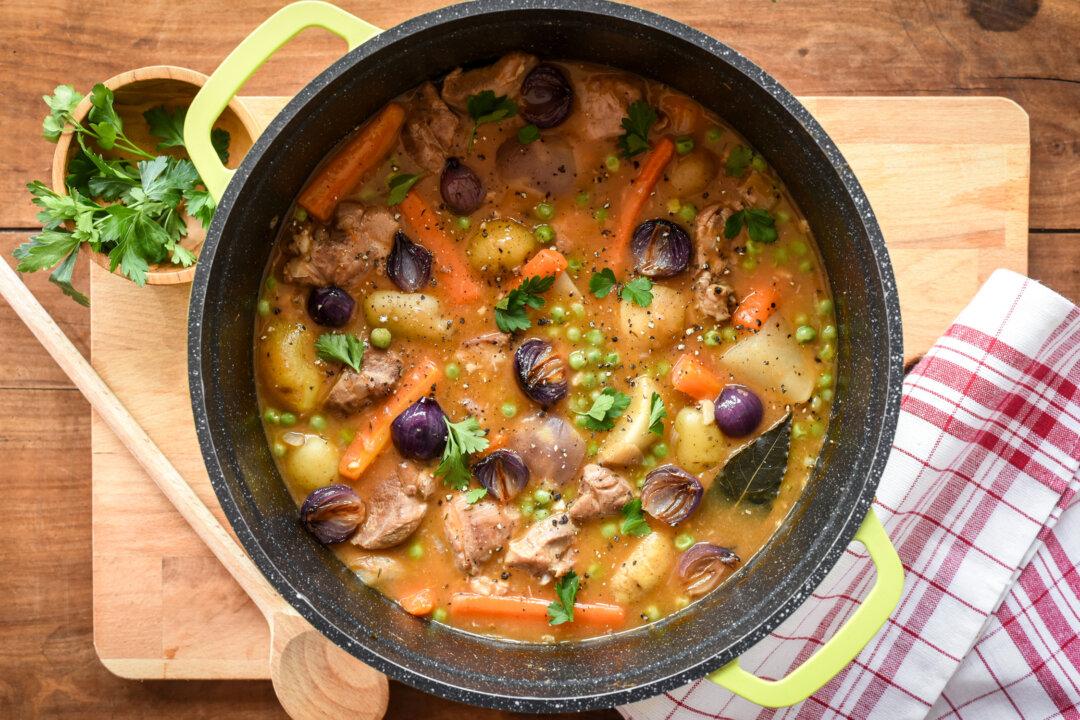Grand aïoli (or aïoli garni) is Provence, France’s perfect response to the question of laid-back summer entertaining. This large spread of seasonal vegetables and seafood, with a generous bowl of garlicky mayonnaise (the aïoli) is a relaxed and convivial meal that invites guests to pick and dip, with no cutlery required. Serve it with chilled rosé wine, et voilà!
An All-Seasons Sauce
Originating from the French region of Provence, aïoli is a thick garlicky sauce made from mashed garlic cloves mixed with emulsified extra virgin olive oil and egg yolk. Think of it as a thicker-than-usual mayonnaise with a wonderfully potent garlic taste. A grand aïoli is the sauce served with an array of dippable accompaniments—including seasonal vegetables, seafood, and sometimes even hard-boiled eggs.Like most Provençal recipes, making grand aïoli doesn’t require any difficult techniques or skills. The success of this recipe lies in the choice of good quality seasonal ingredients, cooked simply—often steamed—to preserve their flavor and nutrients. Home cooks enjoy that they can serve aïoli with any seasonal vegetables of their choosing. You can opt for radishes in the spring, tomatoes and green beans in the summer, carrots in the fall, and broccoli and cauliflower in the winter.





